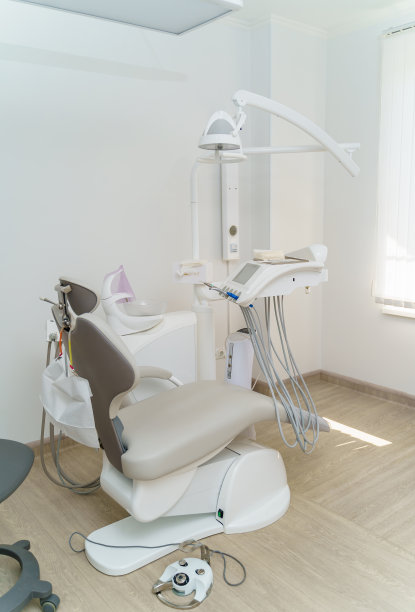The Essential Guide to Extracting a Tooth Painlessly and Safely at Your Dental Clinic
Summary: Tooth extraction is often regarded with apprehension, but it doesnt have to be a painful experience. This essential guide provides comprehensive insights on how to ensure a painless and safe tooth extraction at your dental clinic. It covers pre-extraction preparations, the extraction process, post-extraction care, and the importance of professional dental evaluation. With the right approaches and techniques, dental professionals can minimize discomfort and promote healing. This article offers valuable information for both patients and dentists to ensure a seamless tooth extraction process.
1. Preparing for a Safe Tooth Extraction

Proper preparation is crucial for a stress-free tooth extraction. Before the procedure, patients should have a detailed consultation with their dentist. This first step enables the dentist to assess the patients dental health and determine the necessity of extraction. Clear communication ensures that any concerns or fears regarding the procedure can be addressed appropriately.
Additionally, patients should disclose any medication they are taking or pre-existing medical conditions. This information helps the dentist to devise a customized plan that considers the patients overall health, minimizing potential complications. For instance, certain medications may interact negatively with anesthesia used during the procedure.
Lastly, patients are often advised to avoid eating or drinking for several hours before the extraction. This step prepares the body for anesthesia, reducing the risk of nausea, and ensuring a smooth extraction without any interruptions during the process.
2. Understanding the Tooth Extraction Procedure
During the extraction procedure, patients are typically given a local anesthetic to numb the area around the tooth. This step is paramount in ensuring that the patient does not feel pain during the removal. Some dentists may also offer sedation options for patients with anxiety or fear, allowing for a more relaxed experience.
The dentist will then use specialized instruments to loosen and remove the tooth. The process is methodical, ensuring that surrounding tissues are not unnecessarily harmed. The duration of the extraction can vary depending on the tooths complexity; however, advancements in techniques have made the process quicker and more efficient than ever before.
Post-extraction, dentists provide patients with clear instructions to facilitate healing. Following these guidelines can make a significant difference in recovery time and comfort levels. Patients should be prepared to follow the dentists advice closely for best results.
3. Essential Post-Extraction Care Tips
Post-extraction care is vital in ensuring a swift recovery. Patients should initially rest to allow their body to heal properly. Avoiding strenuous activities will minimize bleeding and reduce the risk of complications. It is crucial for patients to stay in a comfortable and quiet environment where they can relax.
Maintaining oral hygiene is important; however, patients should be cautious around the extraction site. Gentle rinsing with warm salt water can help in keeping the area clean without disturbing the healing tissue. It is advisable to refrain from using a straw for at least 24 hours post-extraction, as this could dislodge the blood clot and lead to a painful condition known as dry socket.
Eating soft foods during the initial days post-extraction can further prevent discomfort. Foods like yogurt, smoothies, and mashed potatoes are generally well-tolerated. Staying hydrated is equally important; patients are encouraged to drink plenty of fluids, but they should avoid carbonated and extremely hot beverages shortly after the procedure.
4. The Importance of Professional Dental Evaluation
One of the most critical aspects of tooth extraction is the evaluation by a dental professional. Dentists are trained to identify not just what teeth may need to be extracted, but also underlying issues that may contribute to poor dental health. Regular check-ups can help catch problems early, often preventing the need for extraction altogether.
Moreover, a professional evaluation ensures that the extraction is done only when deemed necessary, minimizing both physical and emotional distress for the patient. Dentists may utilize X-rays to gain a clearer understanding of the tooth’s position and root structure, aiding in a smoother procedure.
Finally, a thorough follow-up appointment is essential post-extraction. This allows the dentist to monitor the healing process and address any potential complications promptly. Regular communication between the patient and dentist is key to a successful outcome and long-term dental health.
Summary:
In conclusion, extracting a tooth does not have to be a painful ordeal when handled with care and professionalism. Through meticulous preparation, understanding the extraction process, adhering to proper post-extraction care, and valuing the dentists expertise, patients can experience a seamless transition from extraction to recovery. The insights shared in this guide can empower both patients and dental professionals to approach tooth extraction with confidence.
This article is compiled by Vickong Dental and the content is for reference only.


